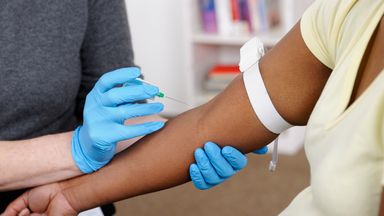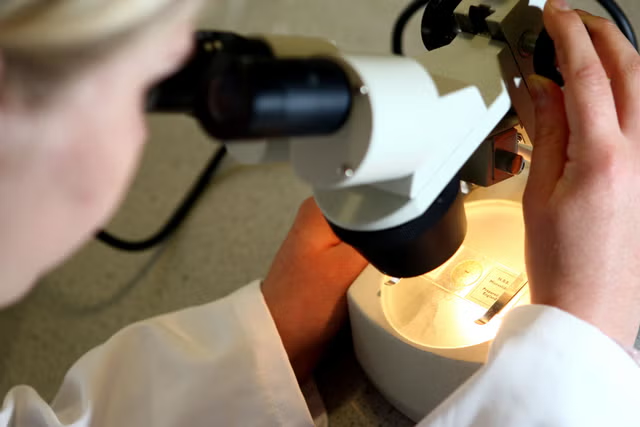A male contraceptive gel takes effect sooner than similar methods for male birth control, new research suggests.
Combining two hormones, segesterone acetate (named Nestorone) and testosterone, the gel suppresses sperm production faster than other experimental hormone-based contraceptive methods, the new study found.
The men in the study applied the gel once daily to each shoulder blade, and did sperm count tests every four weeks.
A more rapid time to suppression may increase the attractiveness and acceptability of this drug to potential users
Dr Diana BlitheThe threshold deemed effective for contraception was one million or fewer sperm per millilitre of semen.
According to the findings, presented at ENDO 2024, the Endocrine Society’s annual meeting in Boston, 86% of men in the study reached this sperm count by week 15.
Among those men, sperm production was suppressed at an average time of less than eight weeks of treatment.
Researchers say that prior studies of male hormonal contraceptives given by injections showed an average time between nine and 15 weeks for sperm output to become suppressed.
Senior researcher Diana Blithe, chief of the contraceptive development program at the National Institutes of Health (NIH) in Bethesda, USA, said: “A more rapid time to suppression may increase the attractiveness and acceptability of this drug to potential users.”
She added: “The development of a safe, highly effective and reliably reversible contraceptive method for men is an unmet need.
“While studies have shown that some hormonal agents may be effective for male contraception, the slow onset of spermatogenic suppression is a limitation.”
The study included 222 men who completed at least three weeks of daily treatment with the contraceptive gel.
The gel contained 8 milligrams (mg) of segesterone acetate and 74 mg of testosterone.
The sperm suppression stage of the study is complete, and researchers will now look at the contraceptive’s effectiveness, safety, acceptability and reversibility of contraception after treatment stops.
Disclaimer: The copyright of this article belongs to the original author. Reposting this article is solely for the purpose of information dissemination and does not constitute any investment advice. If there is any infringement, please contact us immediately. We will make corrections or deletions as necessary. Thank you.



